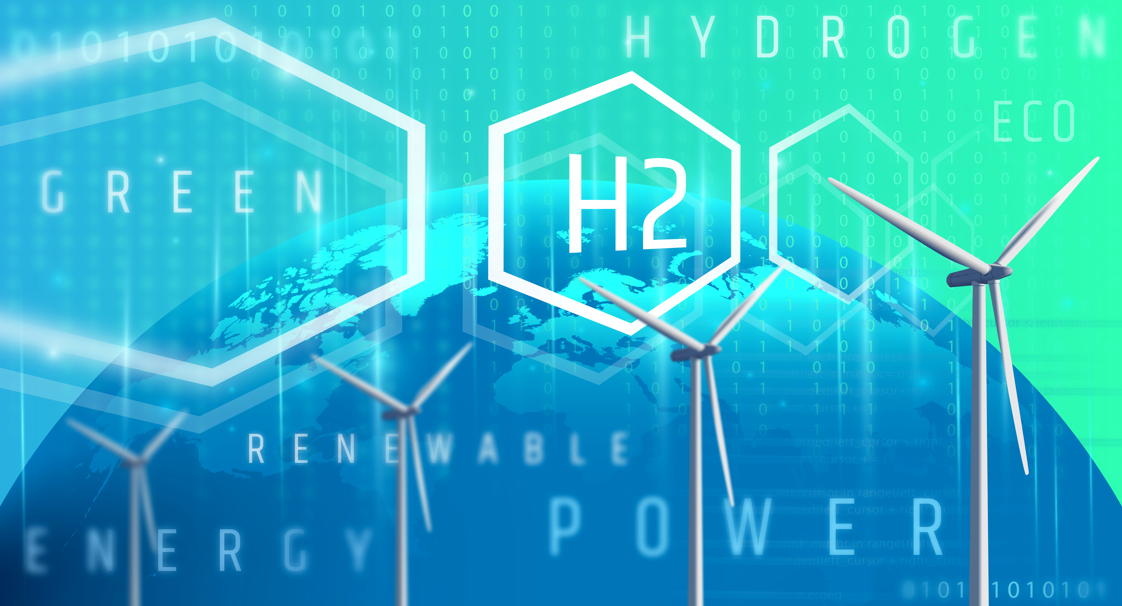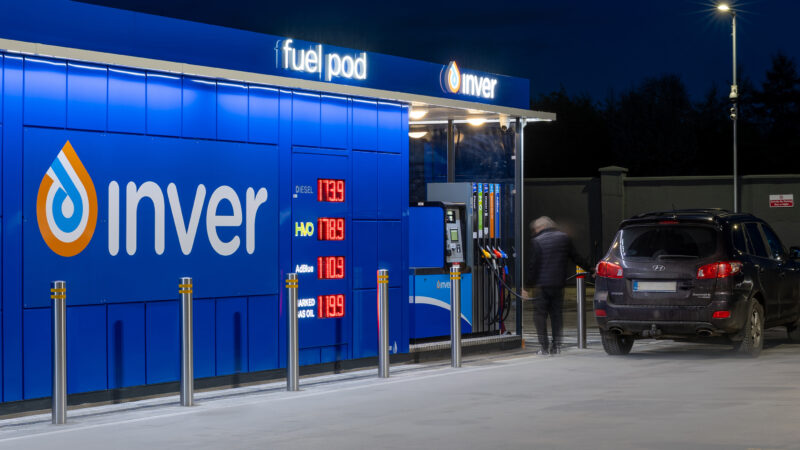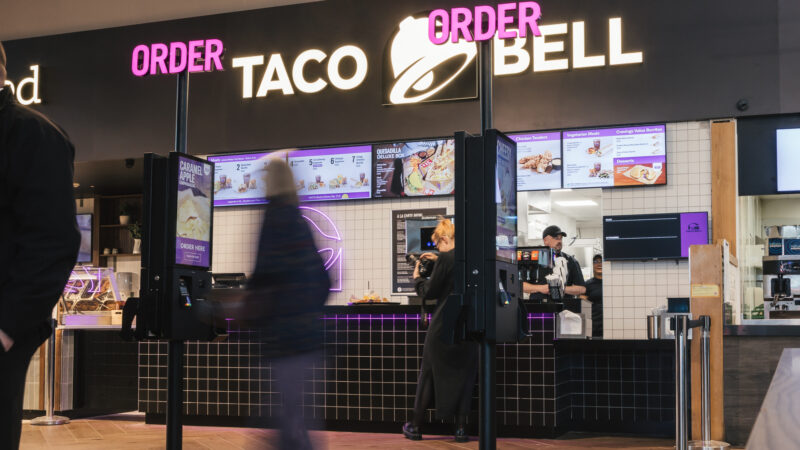How European cities are leading the charge in hydrogen powered public transport

As the world accelerates its shift towards sustainable energy solutions, European cities are leading the way in innovation, particularly with the introduction of hydrogen-powered public transport across the continent.
Hydrogen fuel cell electric vehicles (FCEVs) saw a significant growth (40%) in 2022 compared to the previous year, bringing the total number of hydrogen-powered vehicles on the road to 72,000. This increase is highlighted in the International Energy Agency’s (IEA) Global EV Outlook 2023 report.
Government incentives and subsidies for hydrogen fuel cell technology are playing a key role in accelerating the growth of the hydrogen vehicle market. Projections had suggested the market will reach a value of $1.95 billion by the end 2024, with sales set to surge to $11.74 billion by 2031. This growth is expected to be accompanied by an impressive Compound Annual Growth Rate (CAGR) of 29.20% from 2024 to 2031.
Although only 370 fuel cell buses lined the streets of Europe, as of 1 January 2023, this number is expected to reach over 1,200 by the end of 2025.
10 places to find hydrogen powered public transport
Bologna, Italy
One of the largest fuel cell bus orders in Europe came from Bologna, in Italy. Solaris Bus & Coach, who are a leading European producer of buses and trolleybuses, won the contract to supply 130 hydrogen-powered Urbino 12 buses to the municipal public transport operator, TPER, which helps the city with their aim to run a completely zero-emission urban public transport system by 2030.
Vienna, Austria
Starting in mid-2025, Vienna’s city centre will see the transformation of its electric buses, which will be replaced by new hydrogen fuel cell buses. The move marks a major strategy change for the city’s public transport ambitions and was announced in a press release by Wiener Linien, the company running most of the public transit network in the city of Vienna, Austria, on 29 July 2024. The plan revealed that the intention was to move away from the current trend of battery electric vehicles (BEVs) across Europe for inner-city routes.
The company has committed to investing in a total of ten new minibuses, which will be built by Italian manufacturer, Rampini. These hydrogen model vehicles combines hydrogen and electricity as its power source, which will see these minibuses become the first to use dual fuel technology on European streets.
Frankfurt, Germany
Frankfurt’s public transport operator, In-der-City-Bus GmbH (ICB), have placed an order for the delivery of nine Solaris Urbino 18 hydrogen buses.
Solaris’ hydrogen buses are equipped with modern fuel cells which can provide completely emission-free transport. The move is a huge step in the right direction for ICB’s plans to transition to a fully electrified bus fleet by the early 2030s, aligning with the climate protection objectives set by Frankfurt am Main. In fact, the metropolis is already home to 23 hydrogen-powered Solaris buses, following deliveries in 2022 and 2024, respectively.
Currently, the fleet includes five battery-powered Urbino 12 electric buses and 23 Urbino 12 hydrogen buses. Next year, articulated hydrogen-powered buses will be added to further strengthen the fleet, according to a press release from Solaris, following the announcement of the deal.
Teesside, England
Sustainable vehicle manufacturer, Innervated Vehicle Engineering (IVe), is aiming to demonstrate the practicality of hydrogen fuel cell-powered vans for various commercial applications.
Teesside International Airport and IVe have formed a strategic partnership for the £4.1m project which will turn Tees Valley into a hub for zero-emission transportation and airside operations by the end of 2024.
Gatwick, Crawley & Horley, England
In England, but this time in Gatwick, Crawley and Horley, the Go-Ahead group have committed to a £30m investment to provide hydrogen fuel cell buses for transportation of airline passengers around the airport and surrounding areas.
Once fully deployed, the fleet will consist of 54 vehicles, making it one of the largest hydrogen bus fleets in the UK. It will be supported by a liquid hydrogen refuelling station which will currently stand as the largest of its kind in Europe.
Aberdeen, Scotland
In the north of Scotland, the Aberdeen hydrogen bus project has been introduced by the City Council to deploy Europe’s largest fleet of hydrogen fuel cell buses. The move will see ten polluting diesel buses removed from the city’s streets, aiding the city with its aim of being viewed as the “Energy Capital of Europe.”
Auxerre, France
The Greater Auxerre Municipality will be supplied with Safra hydrogen buses, after agreeing to a contract that will cover not only the delivery of their new fleet but also the maintenance.
Each bus is expected to have the capability of covering in the region of 200,000 km annually. Safra has committed to increasing its production line of hydrogen buses to meet the order of 22 units more quickly.
Amsterdam, the Netherlands
The Port of Amsterdam is currently building an innovative hydrogen-powered port vessel, which will be the first ship in the world to sail on Sodium Borohydride (NaBH4).
The ship, which has been named “Neo Orbis,” will serve as a vessel to provide visitors with a scenic tour of the port and canals of Amsterdam itself. The vessel will operate silently and produce no emissions, powered by a combination of battery and fuel cell technology.
Lombardy, Italy
FNM, a leading integrated group in sustainable mobility in Lombardy, is working towards producing a hydrogen-powered Coradia stream train.
In collaboration with manufacturer Alstom, the move is being lauded as the start of a new era of passenger rail transport in Italy.
Norway
In May 2024, Norwegian ferry operator Trollhatten Nord placed an order for what will be the world’s two largest hydrogen-fueled ferries.
Although initially there were relatively few details on how the project would ultimately be achieved, more information has begun to emerge with the Norwegian Ship Design company stating that “it is essential for us to emphasize that the design and technical solutions used meet all safety aspects for ferries navigating in highly exposed waters”.
Each of the ferries will have a capacity of around 120 cars and will be capable of transporting just under 600 passengers.
Benefits of hydrogen powered public transport
The environmental benefits of hydrogen transportation are significant, especially as the world strives to reduce its carbon footprint.
Cedric Herbreteau, Director, Clean Energy at Dover Fueling Solutions® (DFS), explains: “The hydrogen vehicle is not to be misunderstood by drivers with concerns over their affordability, safety, refilling times, and even their environmental credentials.”
“In reality, a lot of these are mere myths, because clean-fueled vehicles, such as the hydrogen-powered truck or bus, and already available safe filling stations technology can pave the way to a greener future without fossil-fuel dependence.”
Hydrogen is produced using only water and warm air as its emissions. Its fuel cells are completely non-polluting and have no impact on global warming. Additionally, newer technology is allowing for driving ranges to be increased, while refueling times are quicker, and the new EU tolling regulations offer significant advantages for zero-emission trucks.







